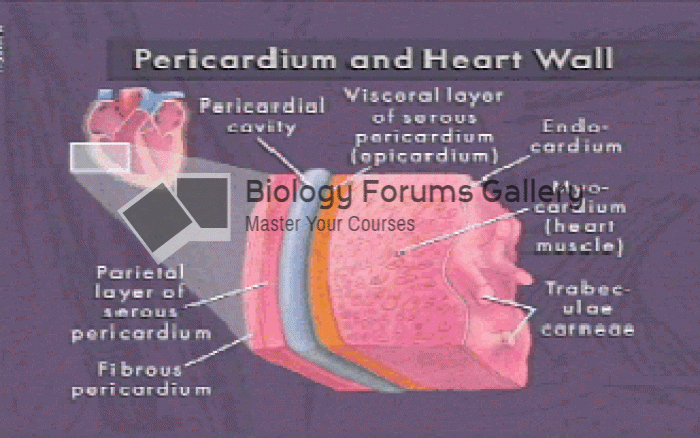Answer to Question 1
Correct Answer: 2
Rationale 1: Swelling and edema occur during the inflammatory process.
Rationale 2: Once the inflammatory process is initiated, the nearby blood vessels become permeable, allowing phagocytic cells to reach and neutralize the antigen. The increased permeability of the blood vessels causes edema of the surrounding tissues.
Rationale 3: T-suppressor cells do not cause the vasodilatation required to create cellular permeability of the blood vessels. They are not the cause of tissue swelling but enter the inflammatory process in its later stages.
Rationale 4: Tissue damage from the antigen does cause swelling of the surrounding tissues, but the antibodies are produced later in the inflammatory process.
Global Rationale: The inflammatory process is initiated when the body is exposed to a foreign substance, or antigen. Once this occurs, nearby blood vessels become permeable, allowing phagocytic cells to reach and neutralize the antigen. The increased permeability causes edema of the surrounding tissue, which often leads to acute pain, and possibly, joint immobility. The greater the tissue damage from the antigen or the inflammation, the greater the edema and the greater the immobility at the site. T-suppressor cells do not cause the vasodilatation required to create cellular permeability of the blood vessels. They are not the cause of tissue swelling but enter the inflammatory process in its later stages. Tissue damage from the antigen does cause swelling of the surrounding tissues, but the antibodies are produced later in the inflammatory process.
Answer to Question 2
Correct Answer: 10
Rationale: The acute inflammatory process caused by minor physical injury requires 810 days for symptoms to resolve and for repair to begin.
Global Rationale: Inflammation may be classified as acute or chronic. During acute inflammation, such as that caused by minor physical injury, 8 to 10 days are normally needed for the symptoms to resolve and for repair to begin. If the body cannot neutralize the damaging agent, inflammation may continue for long periods and become chronic.







